Onze verontschuldigingen, dit bericht is alleen beschikbaar in Amerikaans Engels.
(English) 313th Review Curtiss 18T Wasp (Pioneros de la aviación boliviana 1920-1924 nº 1) (Pioneros de la aviación boliviana 1920-1924 nº 1)- Roberto Carlos Subauste Perez
Curtiss 18T Wasp (Pioneros de la aviación boliviana 1920-1924 nº 1)
2020
Spanish
104 pg.
ASIN : B087CCDF7V
Review written by: Joris Gonggrijp
(English) Mr. Subauste Perez did in depth research on the roots of Bolivian aviation. Virtually every aspect is covered by this series of books of which the story of the Curtiss 18T Wasp (T for Triplane) is the first. This book covers the origin of this aircraft, its history in a general context, the Bolivian connection, a thorough technical description of the airframe and engine, and as a background the socio-political situation of contemporary Bolivia. It also puts Bolivia in the general history of the surrounding South American countries.
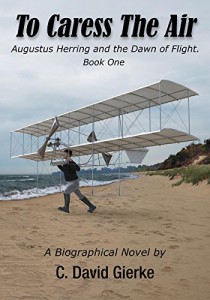
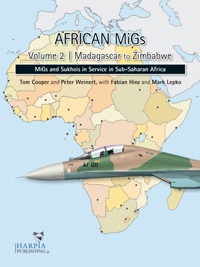



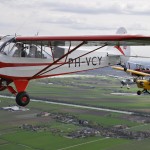

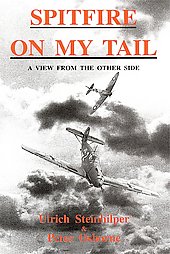
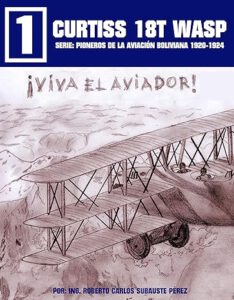
Geef een antwoord